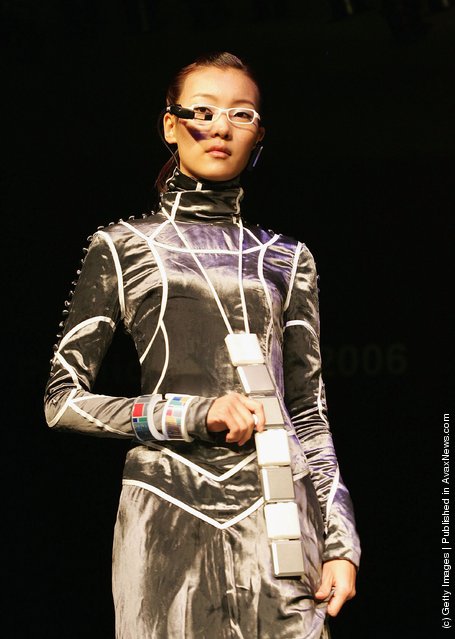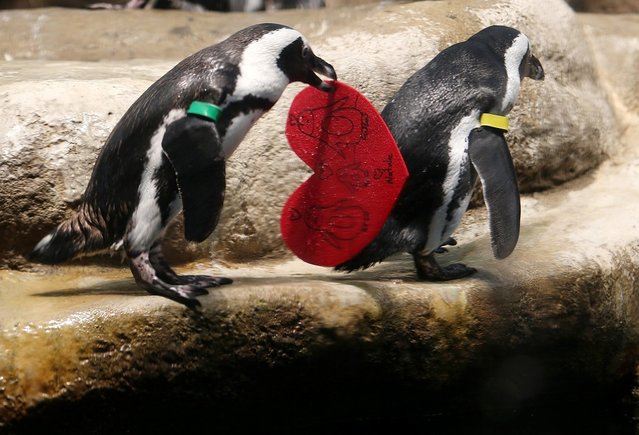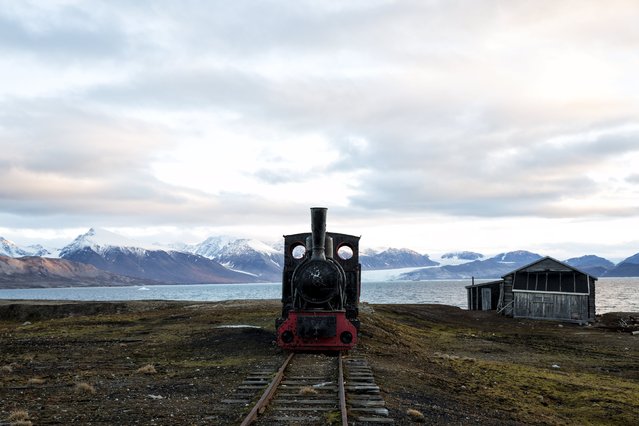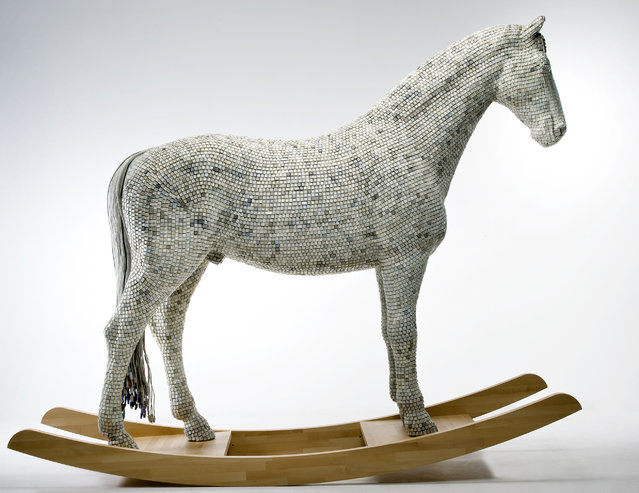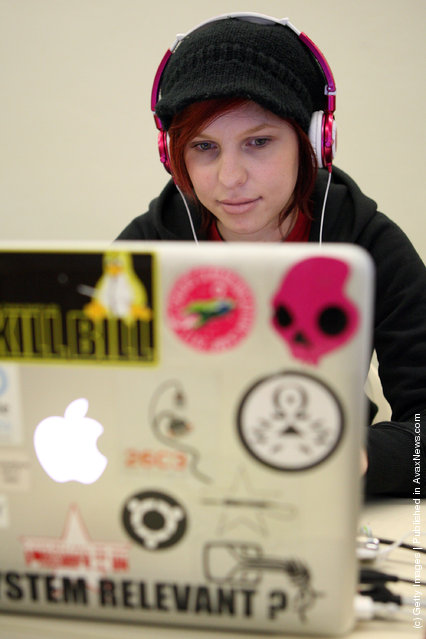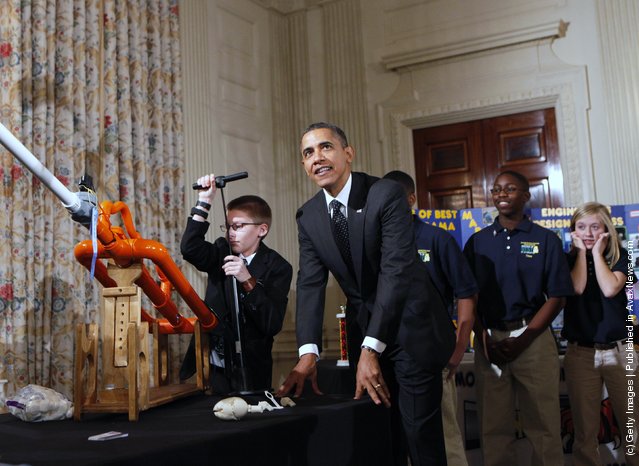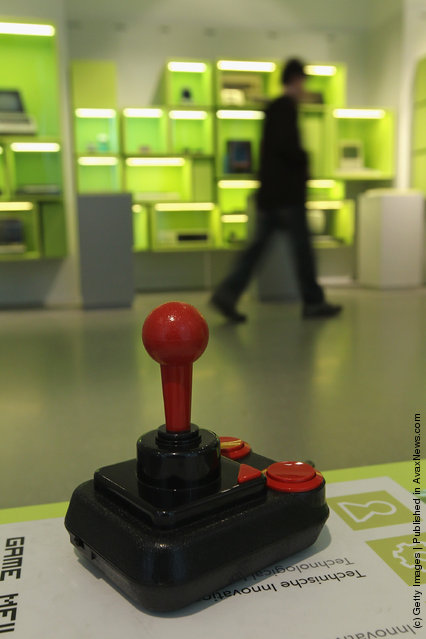
BERLIN, GERMANY - JANUARY 26: A video game joystick lies next to an exhibit at the Computer Game Museum (Computerspielemuseum) on January 26, 2011 in Berlin, Germany. The museum, which opened January 21, traces the evloution of computer games through approximately 300 exhibits. (Photo by Sean Gallup/Getty Images)
17 Nov 2011 05:46:00,post received
0 comments

